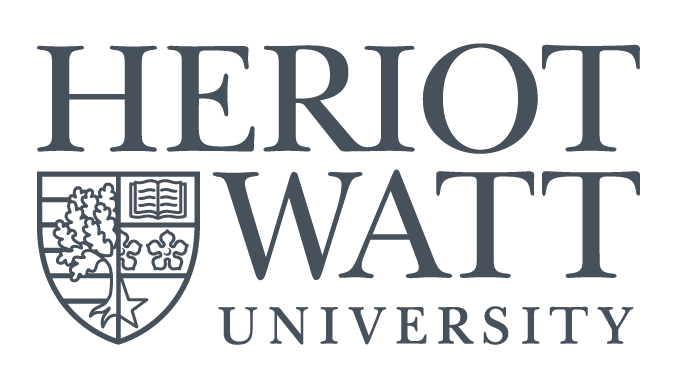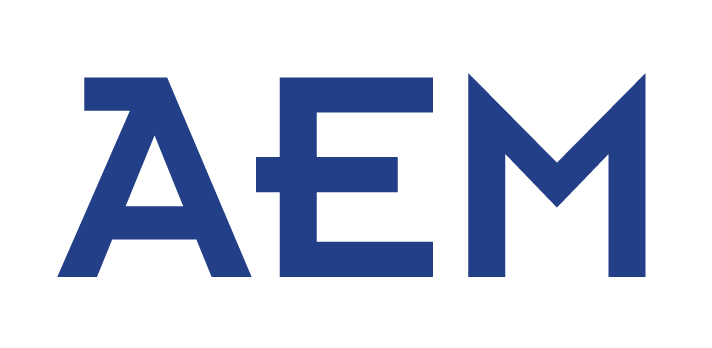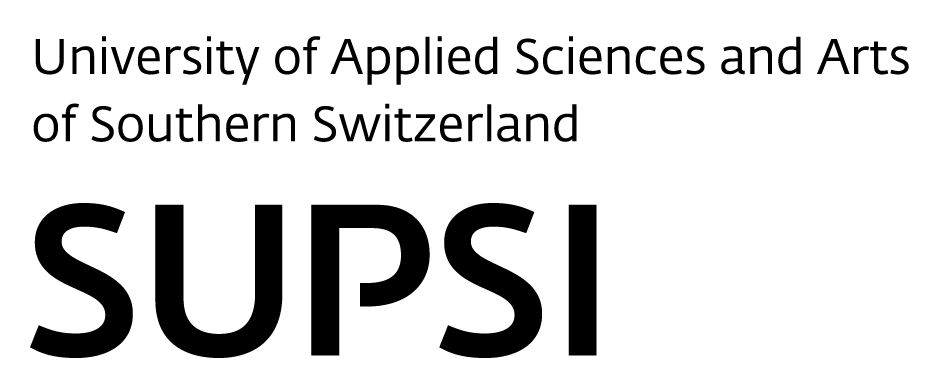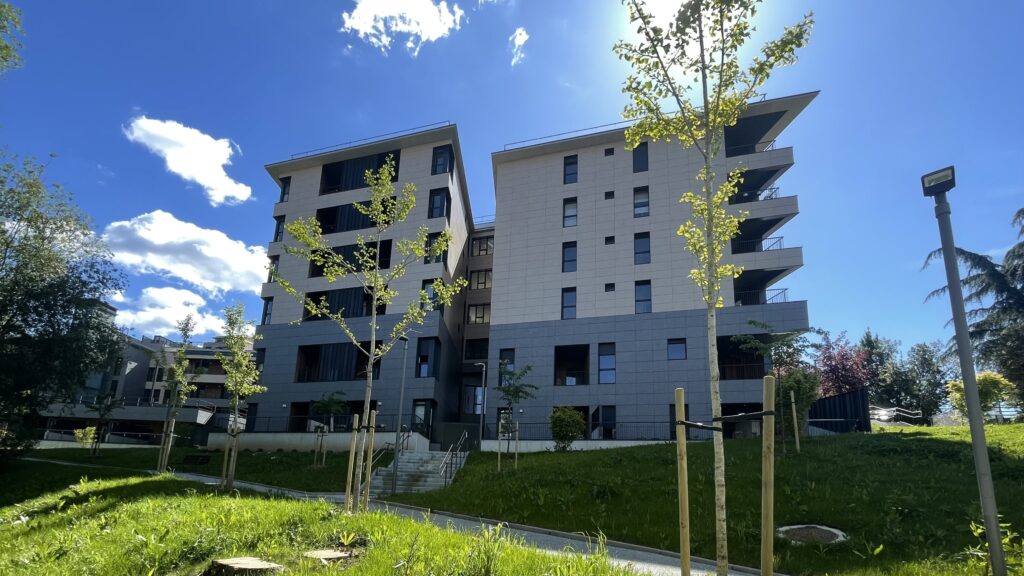
Lugaritz-Matía Community
The Pilot Provider
Set in the vibrant heart of San Sebastián, Basque Country, the Lugaritz-Matía Community pilot encompasses a unique ensemble of healthcare facilities including the Birmingham Hospital and two nursing homes: Rezola and Lugaritz. Together, these facilities serve approximately 700 residents over a heated area of 40,000 m². This pilot integrates a sophisticated heating network that utilizes a mix of geothermal, biomass, and gas energies, positioning it at the forefront of sustainable energy management in healthcare settings.
Why use InterPED
The Lugaritz-Matía Community is a pioneering example of Positive Energy Districts (PEDs), focusing on optimizing energy efficiency and integrating renewable energy sources. The pilot leverages advanced management technologies and consumer engagement strategies to reduce thermal energy demand significantly, aiming for a complete transition to geothermal and biomass sources. This approach not only ensures substantial energy savings but also enhances the overall sustainability of the community’s energy systems.
The Use Case Scenario
InterPED’s involvement transforms the Lugaritz-Matía heating infrastructure into a highly efficient, optimized system. Utilizing Model Predictive Control (MPC) algorithms and cross-vector optimization, the project enhances energy production and consumption, ensuring optimal thermal energy dispatching across the community. These technical advancements are complemented by robust user interaction frameworks that engage consumers through cooperative demand response strategies and system controls that maximize the use of thermal renewable energy sources and heat recovery.
Stakeholders
Key stakeholders in this pilot include Giroa-Veolia (VEO) as the energy service company managing the thermal system, the Matía Foundation overseeing facility operations, and the residents and staff of the hospital and nursing homes. This collaborative effort is crucial for achieving the pilot’s energy efficiency goals and fostering an integrated community approach to energy management.
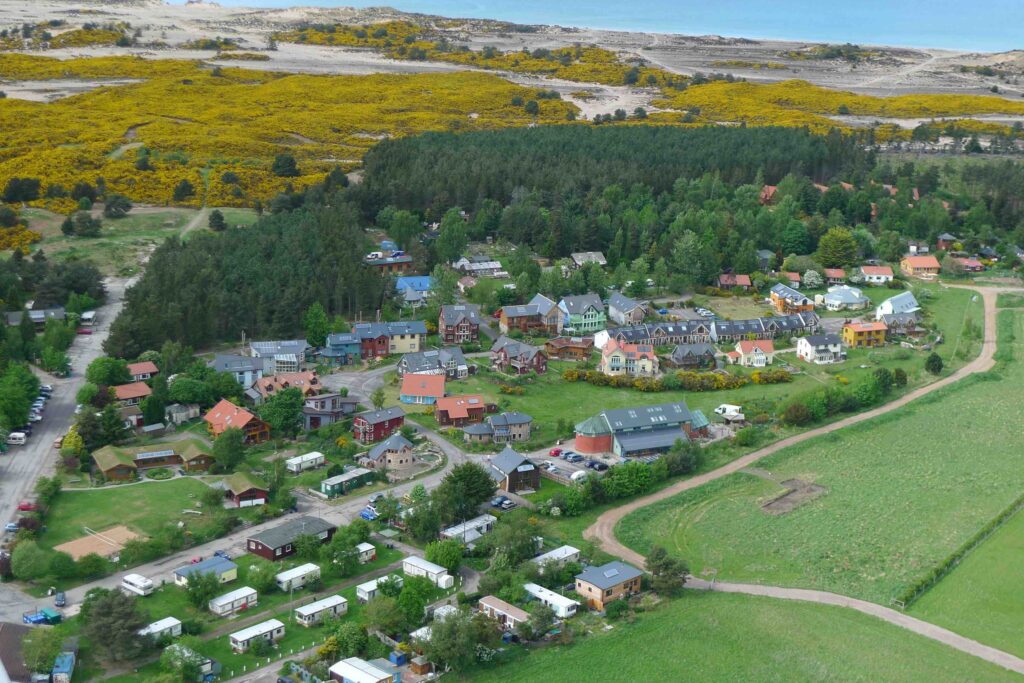
Ecovillage Findhorn
The Pilot Provider
Ecovillage Findhorn in Scotland represents a pioneering approach to sustainable living with its mixed residential and commercial pilot site. Located on the northeast coast, this 60-year-old community has been at the forefront of renewable energy integration, managing a significant transition towards energy autonomy. Currently, the community utilizes a combination of wind turbines and photovoltaic systems to produce energy, with ambitious plans to further enhance their microgrid with additional solar and wind capacities and a new community battery.
Why use InterPED
The Ecovillage Findhorn is committed to increasing the self-consumption of locally produced renewable energy through the electrification of heating and transport systems. InterPED will support the community in reaching beyond 70% renewable energy self-consumption by optimizing energy dispatching and demand-side management. This includes upgrading their ambient loop district heating system using excess heat from a sewage treatment plant, aligning perfectly with their sustainability goals.
The Use Case Scenario
InterPED’s role in Ecovillage Findhorn focuses on maximizing the efficiency and effectiveness of the community’s energy systems through advanced monitoring, predictive analytics, and control functionalities. This includes optimizing district heating, energy storage, and electric vehicle (EV) charging infrastructures. The project will integrate these systems to manage energy flow efficiently, enhancing the use of ground-source heat pumps and ensuring cost-effective energy use for all residents.
Stakeholders
Key stakeholders in this pilot include the Ekopia Benefit Society, SSE as the Distribution System Operator (DSO), Moray Council, and the Findhorn Wind Park, among others. These entities play crucial roles in supporting the local microgrid management and providing services necessary for the pilot’s success. This collaborative effort aims to establish a replicable model for sustainable community energy management, ensuring that the benefits of low-carbon transition are accessible and affordable.

Arena Innovation Community
The Pilot Provider
The Arena Innovation Community in Capriasca Village, Switzerland, showcases a modern Positive Energy District that integrates residential needs with public services. This pilot combines 35 households with a public pool and football field, powered by a dynamic energy mix including biomass and innovative heat recovery systems. It encompasses various buildings including residential units, office/utility spaces, and a restaurant, all focused on streamlining energy consumption and maximizing efficiency.
Why use InterPED
Arena Innovation Community utilizes the InterPED project to enhance its energy systems by integrating advanced energy management solutions that cater to both residential and public service needs. The community’s goals include maximizing self-consumption of renewable energy and optimizing energy distribution to reduce costs and environmental impact. InterPED will assist in refining the use of biomass district heating and implementing new technologies like air-to-air heat pumps for waste heat recovery.
The Use Case Scenario
InterPED will help the Arena Innovation Community implement sophisticated cross-vector optimization techniques to enhance energy self-consumption, including e-mobility integration. The project will focus on forecasting flexibility and managing peak-shaving to optimize energy use and enhance sustainability. This will involve developing end-user flexibility remuneration schemes and implementing advanced energy management practices that align with local renewable energy production and community needs.
Stakeholders
Key stakeholders in this pilot include the local municipality, Capriasca Calore (managing the biomass heating system), building administrators, and policymakers. These partners collaborate to ensure the pilot’s success by leveraging their respective expertise in energy management, policy implementation, and technical support. This cooperative approach aims to create a replicable model for energy optimization and community engagement in sustainable practices.

Alba Iulia College District
The Pilot Provider
Located in the heart of Romania, the Alba Iulia College District centers around the Dorin Pavel Technical College, comprising a mix of tertiary and residential buildings. This pilot embodies sustainable education by leveraging 138 kW of solar power, and strategically renovating its infrastructure to integrate advanced energy storage and heating systems, ensuring energy self-sufficiency and sustainability.
Why use InterPED
The Alba Iulia College District aims to enhance its energy strategy through the InterPED project by optimizing the utilization of locally produced renewable energy. InterPED’s focus will be on improving energy dispatching and flexibility while upgrading to more efficient systems that can handle the district’s mixed use of electrical and thermal energy sources. This will enable the district to maximize the use of its renewable resources, reduce reliance on external power sources, and significantly cut energy costs.
The Use Case Scenario
InterPED will assist Alba Iulia College District in achieving better self-consumption of its solar energy production, enhancing waste heat recovery, and employing life-cycle planning tools for strategic renovations and system upgrades. The project will create a local energy marketplace, enabling efficient energy exchange within the community and with the grid, fostering a sustainable energy ecosystem that supports educational facilities while engaging the surrounding community.
Stakeholders
Key stakeholders include local energy companies (SC Electrica SA, SC Transelectrica SA, SC ENEL SA), the Alba Local Energy Agency, and local authorities like the Alba County Council and the Romanian Association of Municipalities. These entities will collaborate to support the district’s transition to a more sustainable and efficient energy model, focusing on both the technical and community aspects of energy management.






